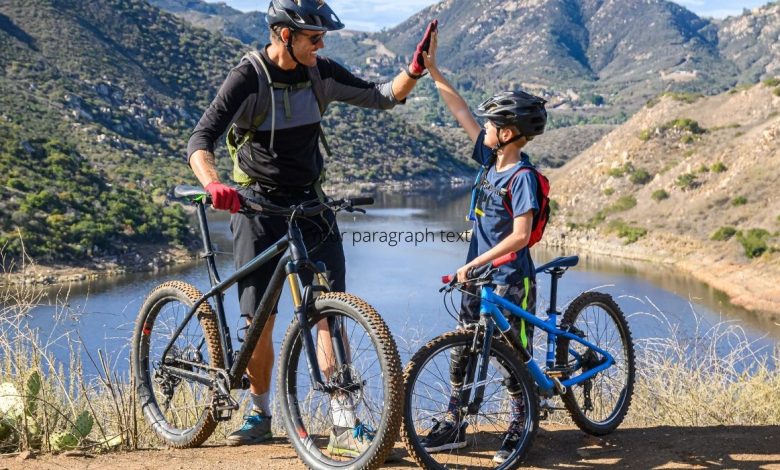Wearing cycling shorts has many advantages

The advantages of these skin-tight pants are numerous once you get over the social obstacle of walking around in tight bicycle shorts. All major competitive cyclists wear cycling shorts across all cycling disciplines. In normal road and off-road conditions, the cycling short and its inner pad, called a chamois, helps protect the rider from jarring vibrations. These shorts are extremely comfortable to wear during cycling. You can consider showing off your powerful thighs as icing on the cake.
Cycle shorts: a history
A chamois was a piece of leather that was placed inside cycling shorts in the contact area to eliminate friction and saddle sores caused by the seams of many cycling shorts. Today’s chamois retain the antelope’s name despite being made from a variety of synthetic materials (usually). To prevent soreness after long days in the saddle, chamois are padded with either foam or gel.
Materials for Cycling Shorts
The shorts have multiple panels that provide different levels of stretch and compression. shorts that cost more often have a smoother seam for less chafing, a better chamois, and more durable material.
MTB Cycling shorts have several advantages
With a smooth face, the cycling short offsets the irritating rubbing of your inner thighs against the seat, and a generously padded chamois shields your nether regions from painful vibration and impact-related soreness. In addition to padding your sit bones at the base of your hips, a good chamois will distribute pressure off of the sensitive areas between your legs. With four-way stretch materials, cycling shorts are also close-fitting to maximize aerodynamics and give the rider full mobility. Lastly, tight-fitting cycling shorts can aid in maintaining muscle function by increasing blood flow to the legs and increasing power.
Cruiser bicycles vs. comfort bicycles
Bikes with aggressively forward riding positions can be uncomfortable for some cyclists. Road bikes don’t appeal to everyone because of their racing-inspired geometry. Many of the features and experiences of other road bicycles are available on comfort and cruiser bikes, but they are more upright and comfortable for these riders. Comfort and cruiser bicycles cater to different types of riders because of their differences.
Cruiser Bikes: What You Need to Know
There is nothing more stylish and durable than a cruiser bicycle. These bikes, also known as beach cruisers, were popular before the 1950s and have seen a comeback. On uneven terrains like sand and gravel, tires are usually wide to provide stability and flotation and frames us adorned with metalwork for aesthetic purposes.
Choose Comfort
The upright comfort bike is similar to a hybrid bike, which combines features from mountain bikes clothing, and road bikes to provide a versatile upright bicycle. For traction and reduced road vibration, comfort bikes feature heavy-duty road tires on 26-inch wheels and an upright riding position. A comfort bike typically comes with a wider, more comfortable saddle than a traditional bike to protect the rider.
Comparison of the two
Although the cruiser bike is certainly the more aesthetic bike, the suspension and extra gearing available on the comfort bike can make it more functional for many riders. In addition to being simpler and requiring less maintenance, cruiser bikes often have internal hubs, so there is no need to maintain the chain, and these bikes are highly durable. In hills, rough terrain, and at higher speeds, comfort bikes outperform cruiser bikes.
Decide what you want
It is important to consider the conditions you will ride under and the distance you ride on a regular basis when selecting between comfort or cruiser bike. As a result of its ability to downshift, the comfort bike is the best choice for areas with hills. The simplicity and durability of the cruiser bike, on the other hand, make it an excellent choice for casual riders and mild riding conditions. In addition, the bike has a pleasing aesthetic appeal.
It is important to consider the conditions you will ride under and the distance you ride on a regular basis when selecting between comfort or cruiser bike. As a result of its ability to downshift, the comfort bike is the best choice for areas with hills. A comfort bike is also better suited to longer commutes due to its suspension and a traditional frame, which allow it to operate at higher speeds and longer distances. The simplicity and durability of the cruiser bike, on the other hand, make it an excellent choice for casual riders and mild riding conditions. In addition, the bike has a pleasing aesthetic appeal.




